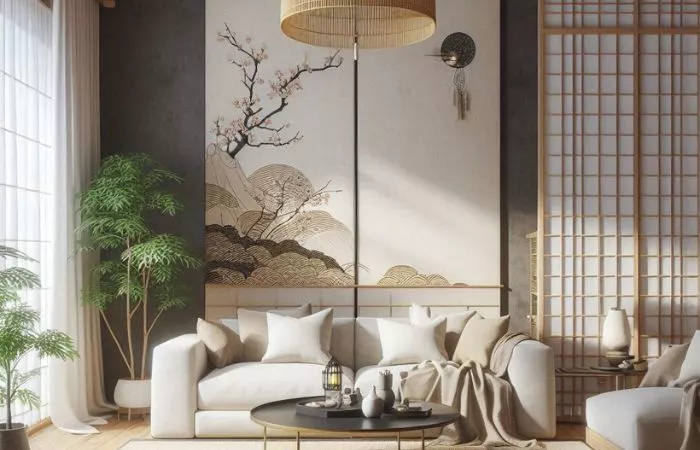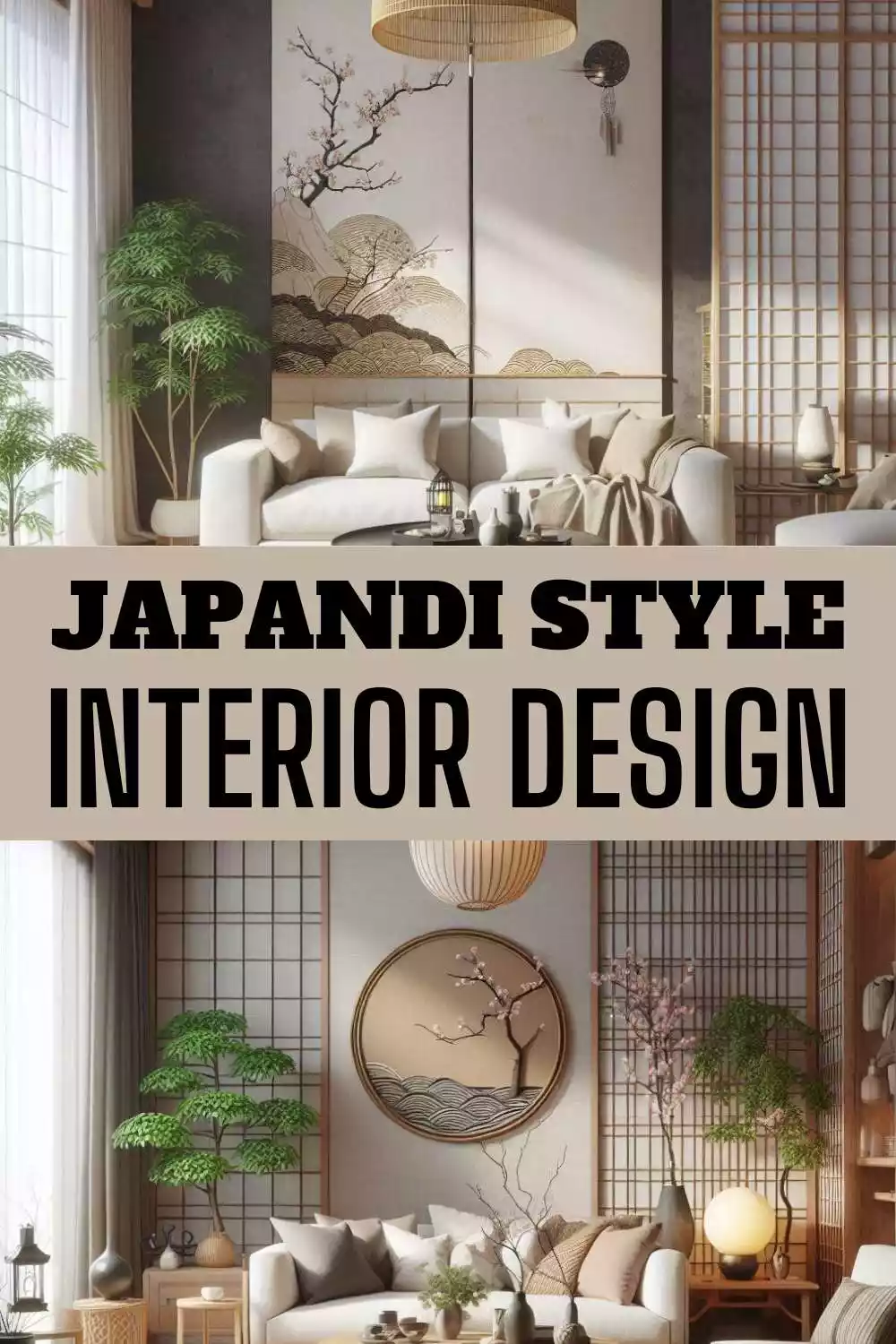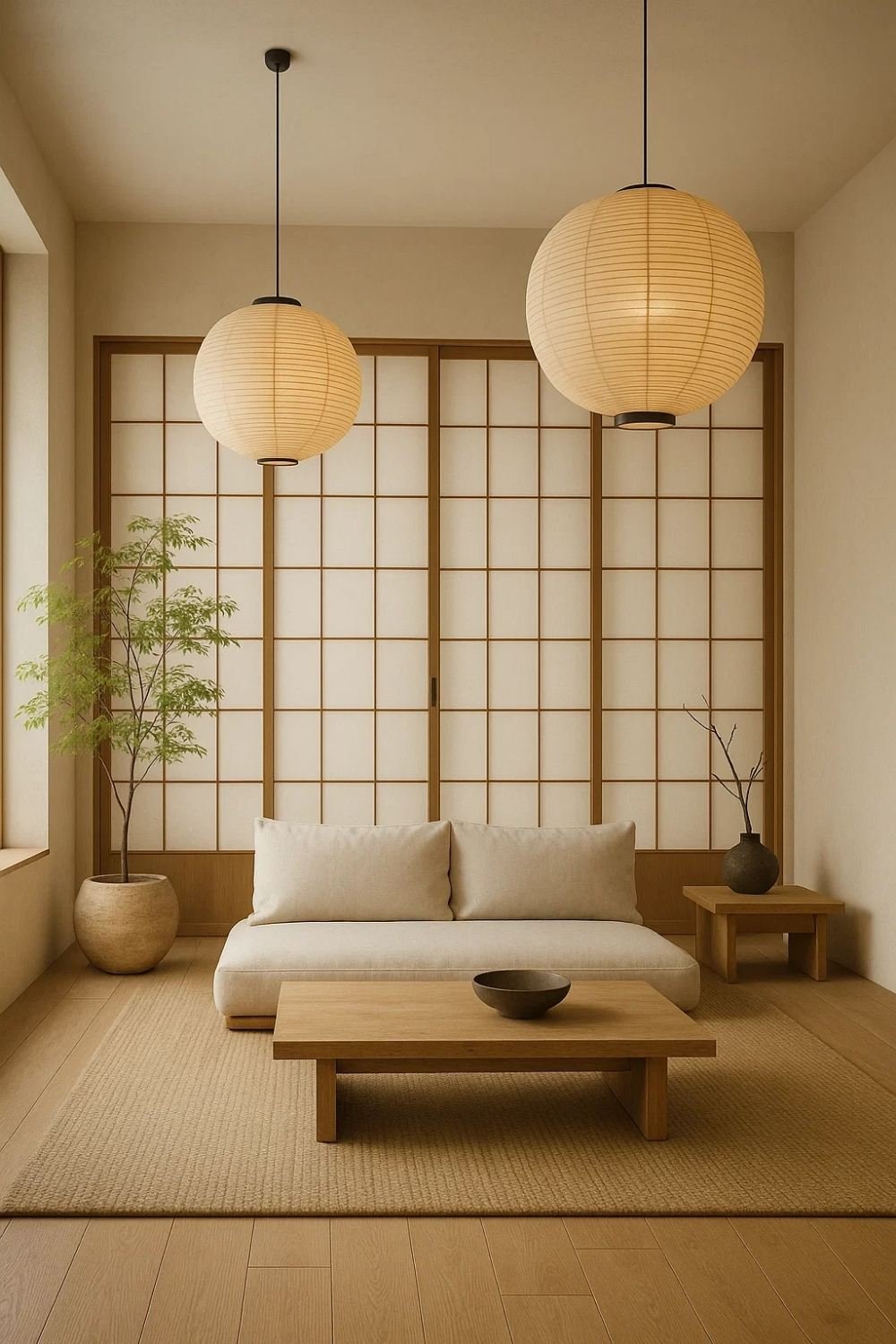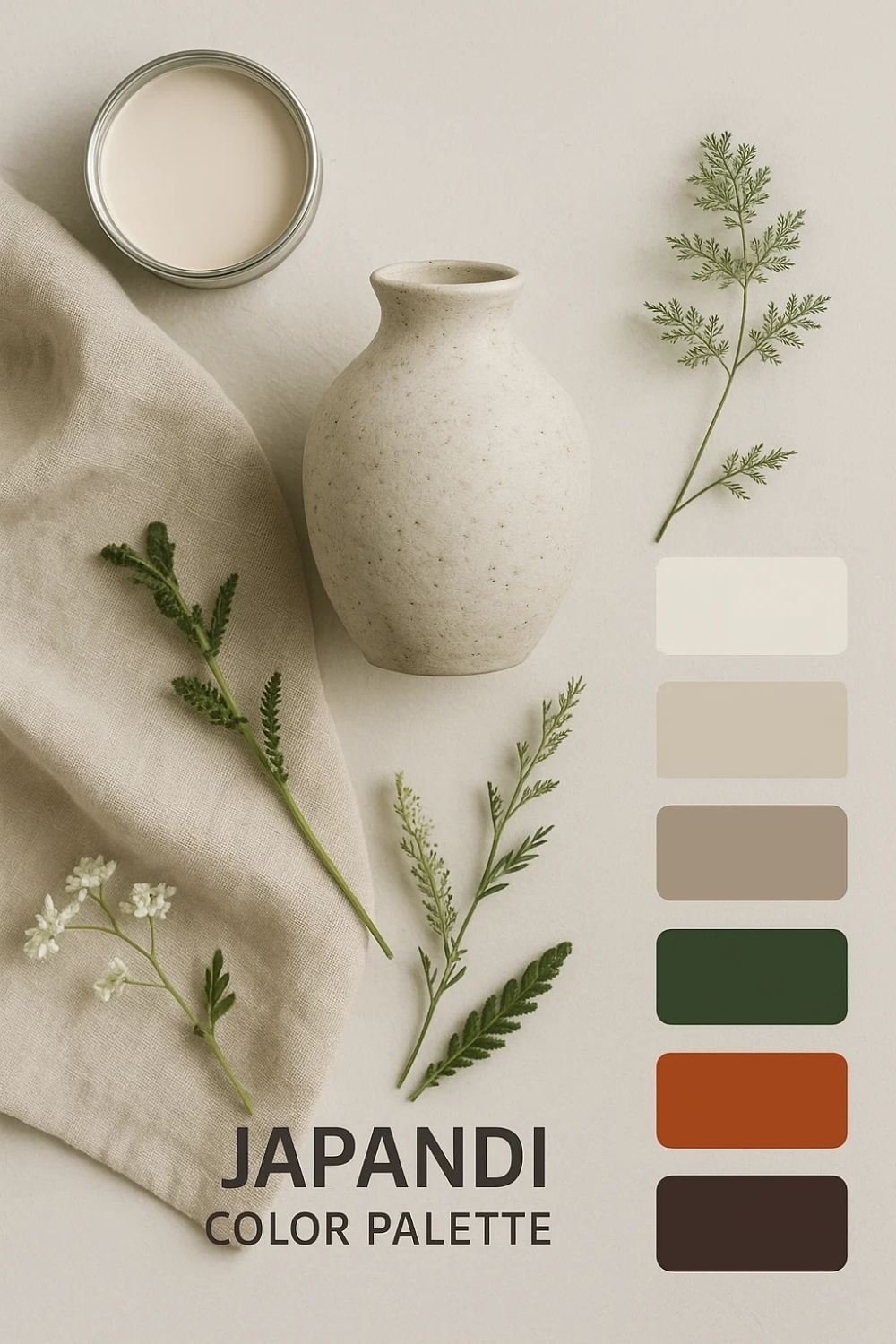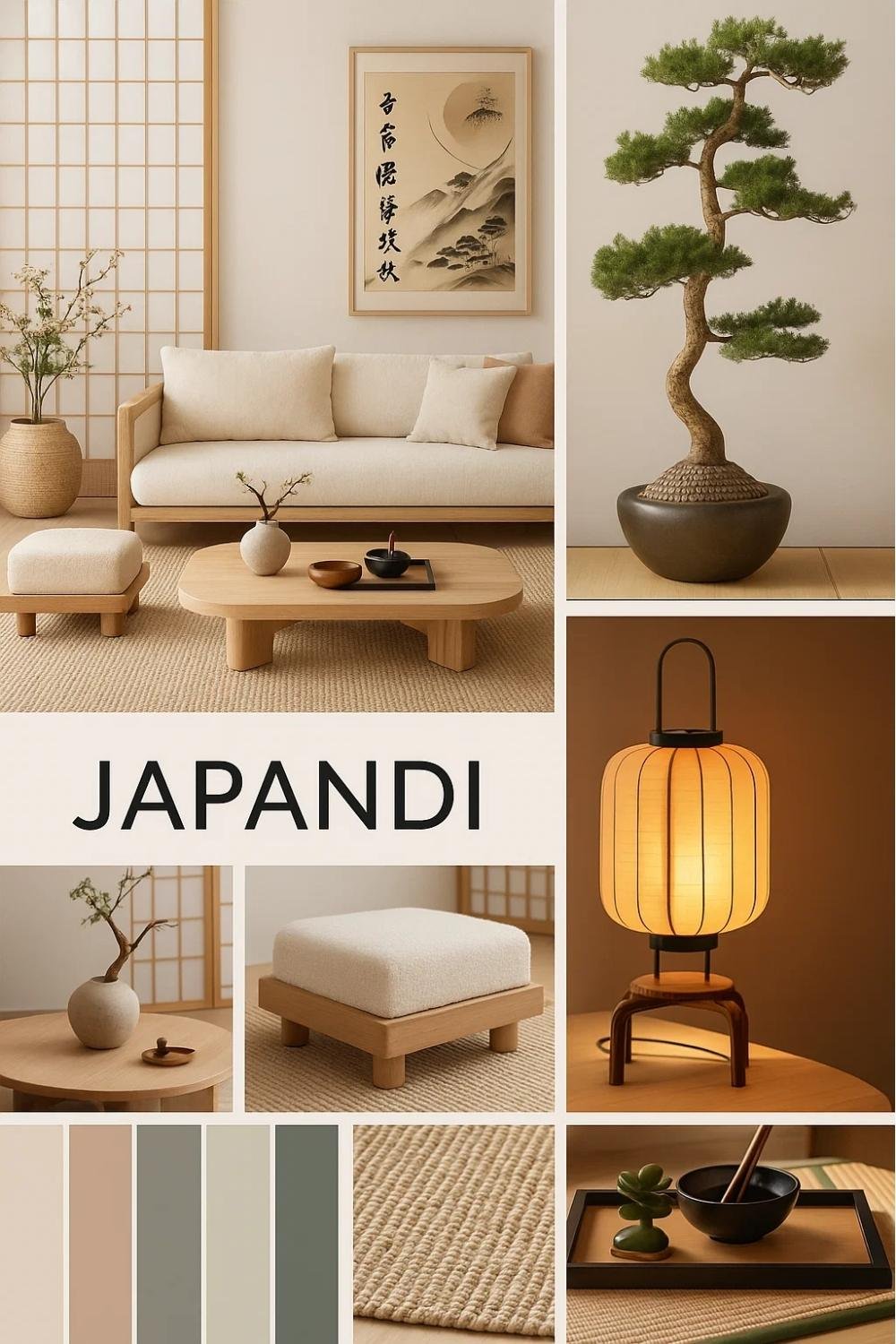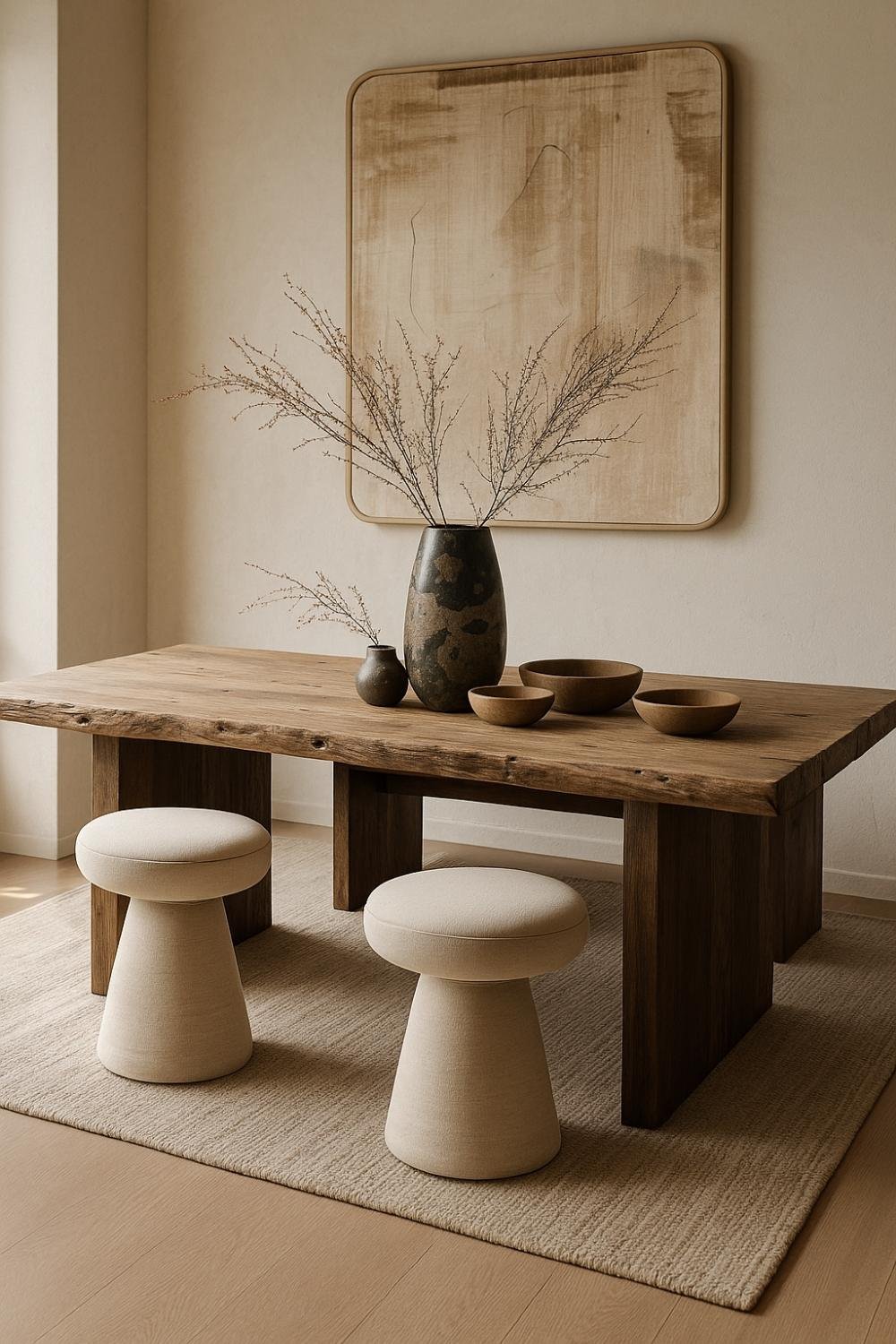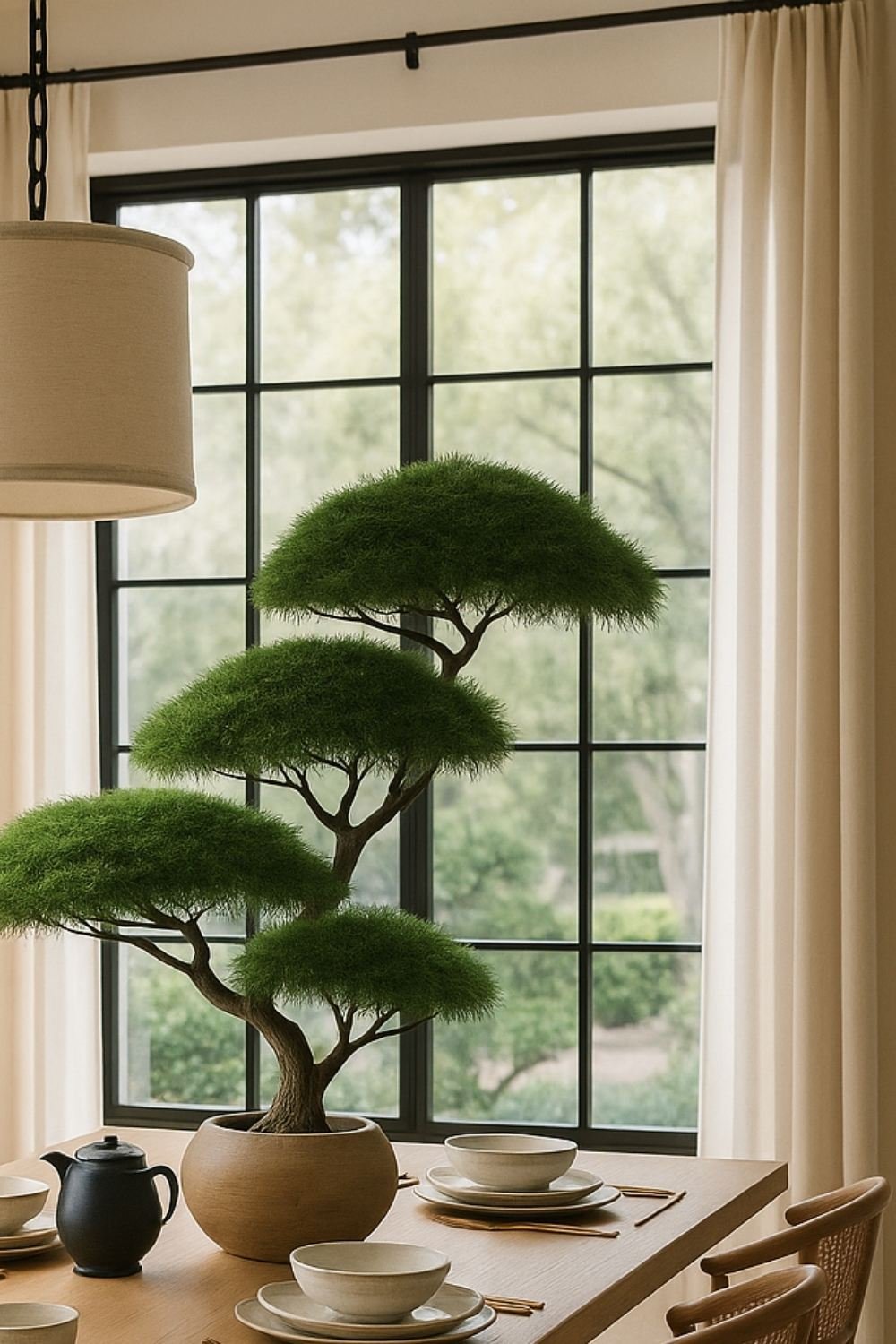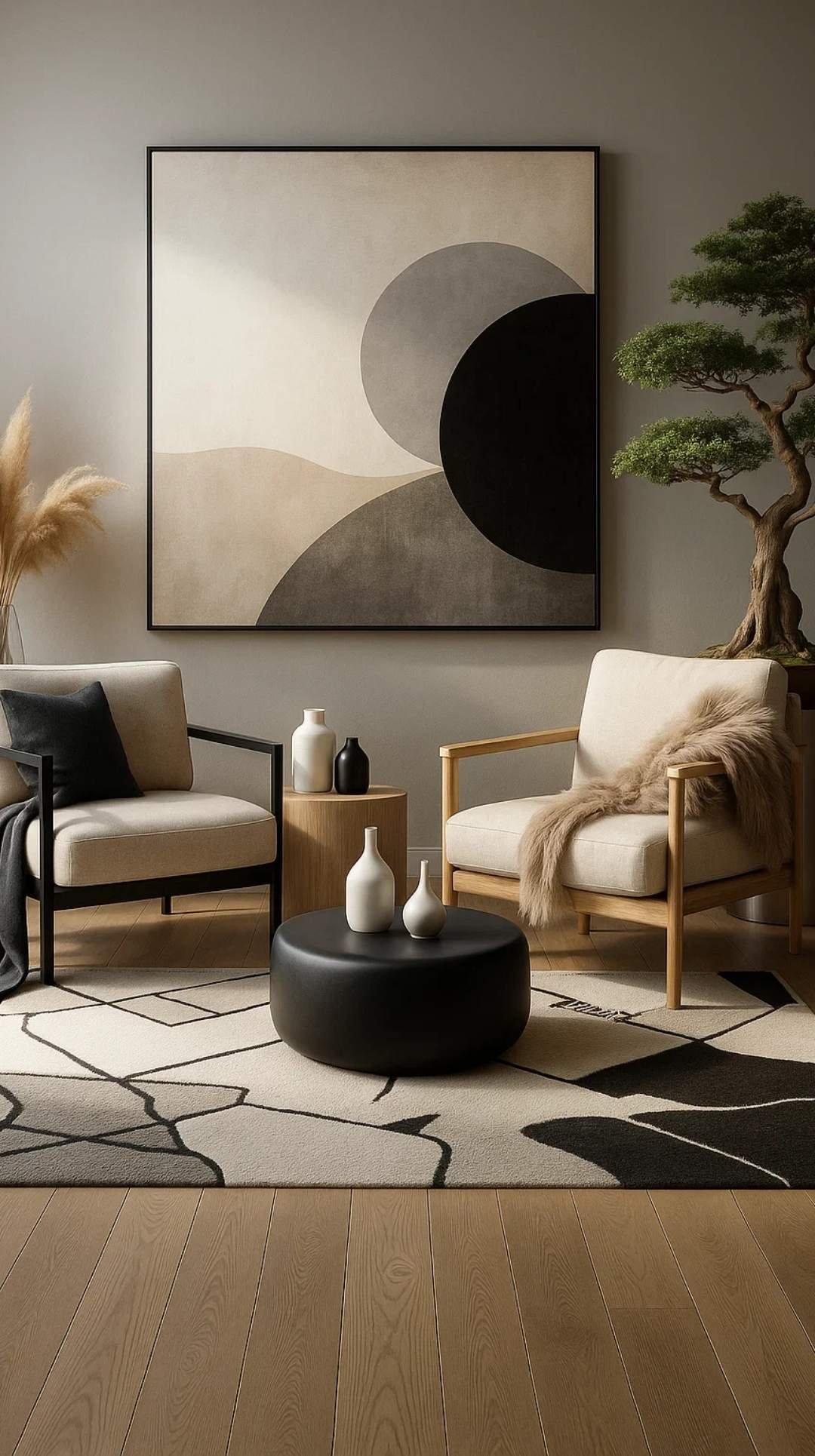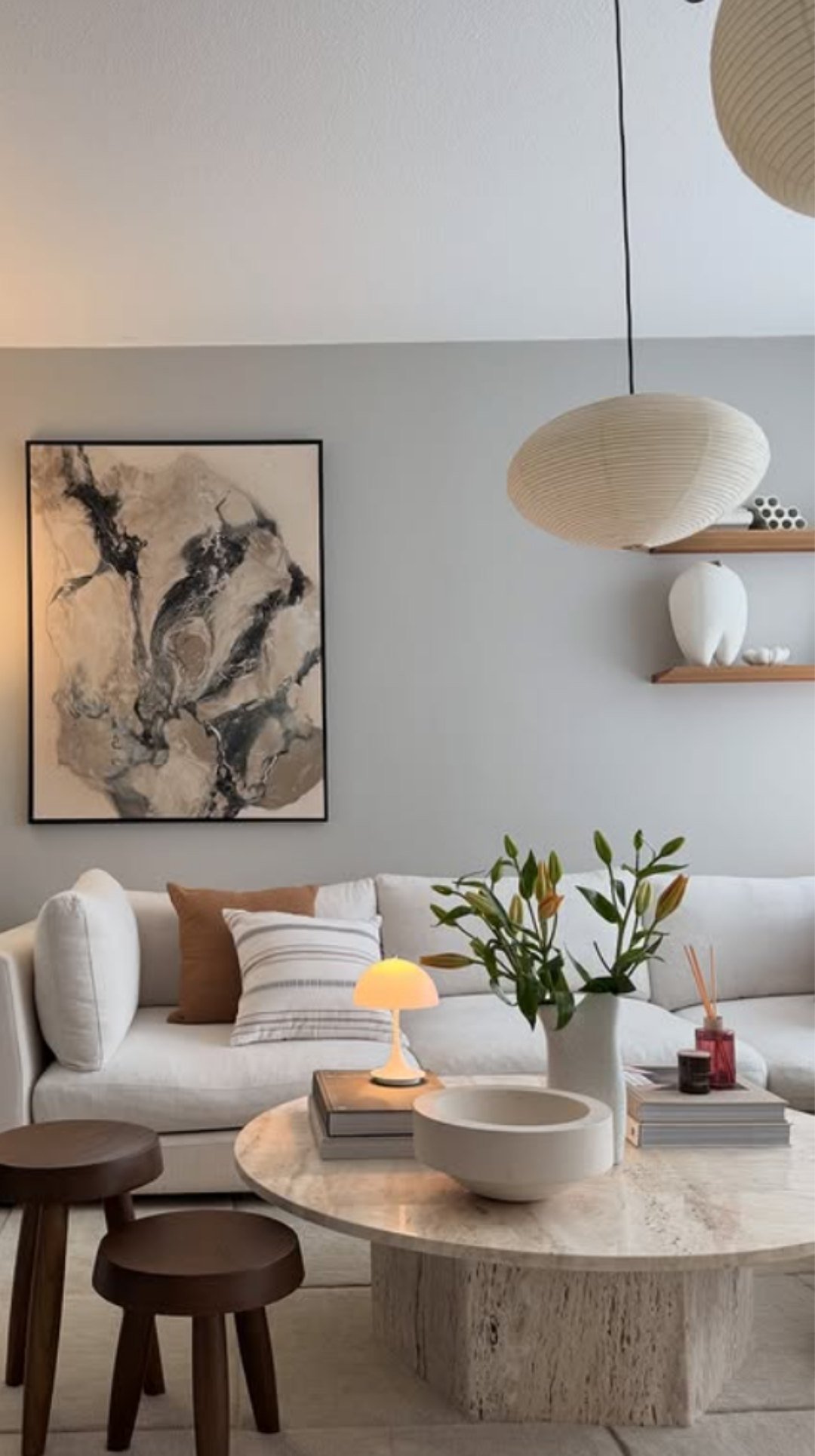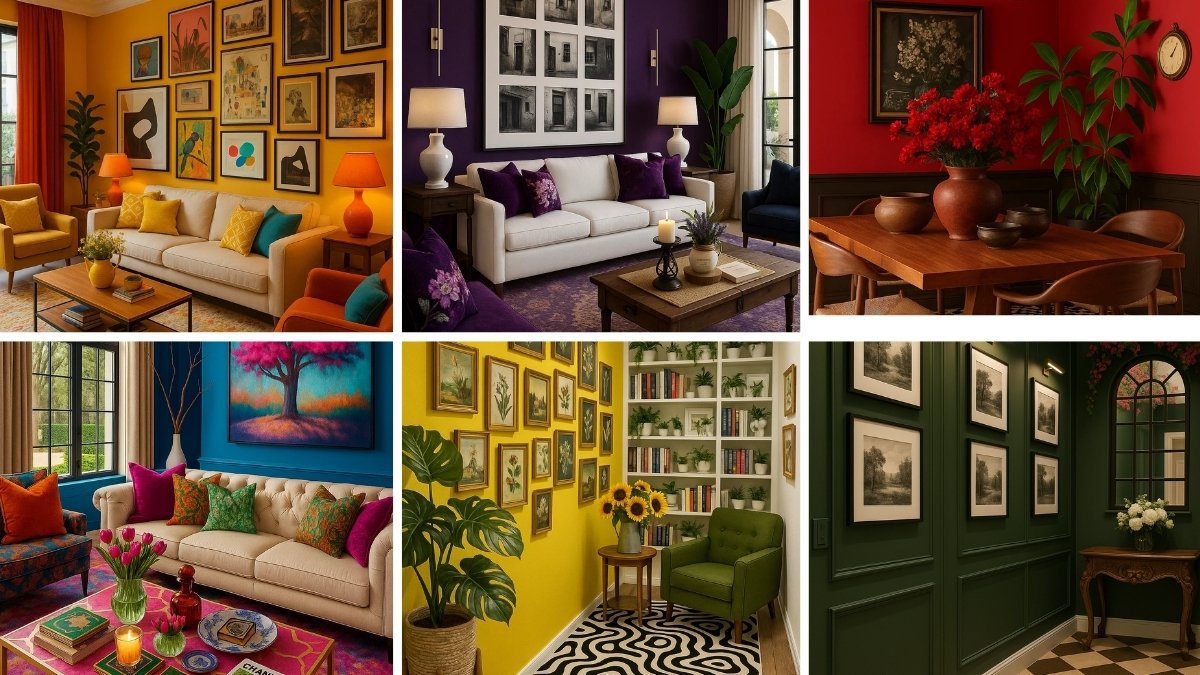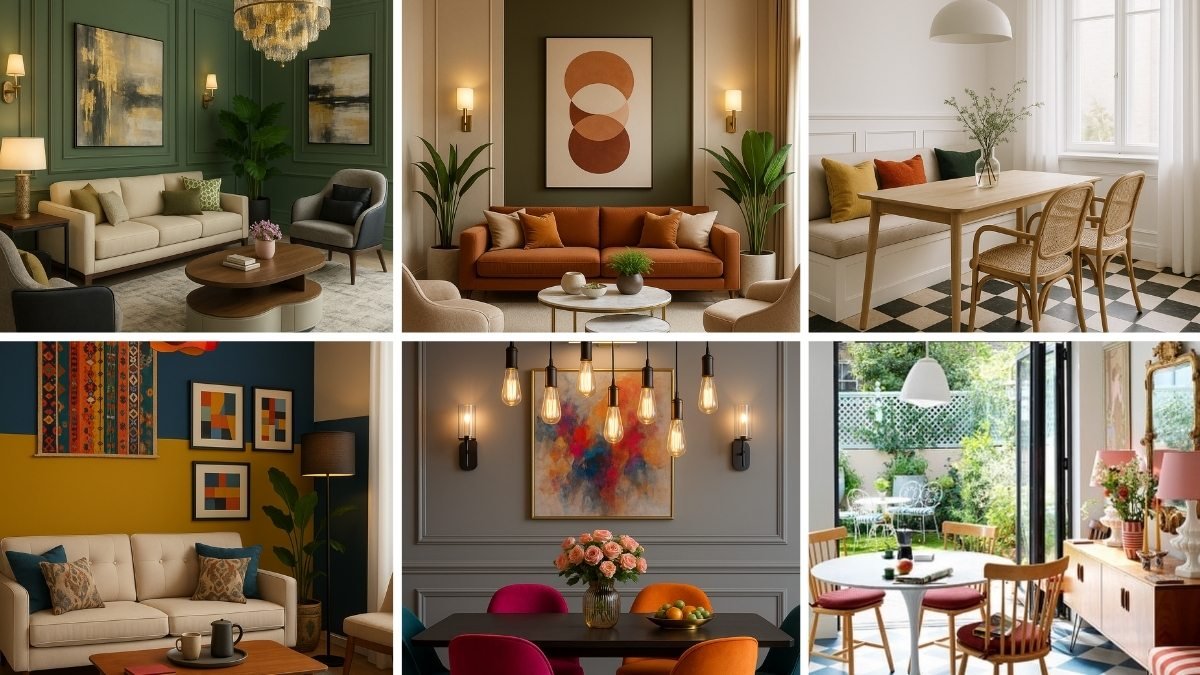8 Tips for Japandi Interior Design
If you’re looking for a design style that blends simplicity, functionality, and a cozy atmosphere, Japandi interior design might be just what you need. This style harmonizes Japanese minimalism with Scandinavian warmth, resulting in a clean yet inviting space. For visual inspiration, you can refer to my blog post featuring
Readers Also Enjoyed:
- 23 Japandi Dining Room Ideas You’ll Want to Try
- 25 Japandi Style Interior Design Inspirational Images.
- Stop Choosing Living Room Paint Colors Without Knowing This Secret
Japandi Interior Design is a beautiful blend of Japanese minimalism and Scandinavian coziness. It’s a style that celebrates simplicity, natural elements, and functional spaces, while also creating a warm and inviting atmosphere. If you want a home that feels calm, clutter-free, and timeless, Japandi might be perfect for you. Here are 8 practical tips to help you bring Japandi style into your space.
1. Embrace Minimalism
Japandi interiors are all about “less is more.” Keep furniture and décor simple, with clean lines and no unnecessary details. Avoid clutter by focusing only on the pieces that serve a purpose or spark joy.
✨ Cozy Haven Tales Pro Tip: Before bringing in new décor, try removing one item from each room—you’ll instantly feel the calm of less clutter.
You might also like: Differences Between Mediterranean and Tuscan Interior
2. Choose Neutral Colors
A Japandi color palette usually includes warm neutrals like beige, taupe, soft gray, and earthy tones. These shades create a calming backdrop. You can add contrast with deep accents like charcoal or muted greens for balance.
✨ Cozy Haven Tales Pro Tip: Paint one accent wall in a muted earthy tone—it creates depth without overpowering the room.
3. Use Natural Materials
Wood, stone, bamboo, and cotton are essentials in Japandi Interior Design. Scandinavian design favors light woods, while Japanese interiors lean toward darker tones. Mixing both creates harmony and depth in your space.
✨ Cozy Haven Tales Pro Tip: Introduce a reclaimed wood coffee table—it tells a story and grounds your space in authenticity.
4. Prioritize Functionality
Every piece of furniture should have a purpose. Look for multi-functional items, like storage benches or low-profile shelves. This ensures your space stays practical while still looking elegant.
✨ Cozy Haven Tales Pro Tip: Choose low furniture with hidden storage—great for keeping spaces tidy while enhancing the Japandi aesthetic.
5. Add Cozy Textures
To avoid a space that feels too bare, layer soft textiles like wool throws, linen cushions, or cotton rugs. These bring warmth and a welcoming touch without overwhelming the minimalist feel.
✨ Cozy Haven Tales Pro Tip: Use linen or wool in neutral tones, then add one textured item (like a chunky knit throw) for extra coziness.
Also consider reading: 7 Ways to Add Texture in Interior Designing
6. Bring Nature Indoors
Japandi design often incorporates natural greenery. A bonsai tree, bamboo plant, or simple leafy indoor plant can refresh the atmosphere and connect your home with nature.
✨ Cozy Haven Tales Pro Tip: Place plants in simple ceramic or clay pots to keep the look natural and aligned with Japandi principles.
You might also like:
- How To Declutter and Organize Your Home: 20 Easy Tips
- The Ultimate Decluttering Checklist: 100 Items to Get Rid of from Bedrooms!
7. Focus on Quality over Quantity
Instead of filling your space with many decorations, invest in fewer, high-quality items. A handcrafted ceramic vase or a solid wooden table not only lasts longer but also adds character to your home.
✨ Cozy Haven Tales Pro Tip: Before buying, ask: “Will this piece last 10 years?” If yes, it’s Japandi-approved.
Related Article: How to Redecorate Your Home with things You Already Have
8. Create a Calm Atmosphere
Lighting plays a big role in Japandi interiors. Use soft, warm lighting with paper lanterns, pendant lamps, or candles. The goal is to create a serene, soothing mood where you can truly relax.
Japandi interior design living room showcasing natural textures, clean lines, and cozy Scandinavian warmth with Japanese simplicity. Photo credit: zecirshome
✨ Cozy Haven Tales Pro Tip: Layer lighting—pair a soft pendant lamp with table candles to create a serene evening glow.
Final Thoughts
Japandi Interior Design is more than just a trend—it’s a lifestyle that values mindfulness, balance, and simplicity. By combining Scandinavian comfort with Japanese elegance, you can create a home that feels peaceful, functional, and timeless.
❓ FAQ: Japandi Interior Design
1. What is Japandi Interior Design?
Japandi Interior Design is a fusion of Japanese minimalism and Scandinavian coziness. It emphasizes clean lines, natural materials, neutral colors, and functional yet warm living spaces.
2. Why is Japandi Interior Design so popular?
It’s popular because it creates homes that feel both calming and inviting. People love its balance of simplicity, comfort, and timeless beauty—perfect for modern lifestyles.
3. What colors are best for Japandi interiors?
Neutral shades like beige, taupe, cream, gray, and earthy tones work best. You can also add contrast with muted greens, deep charcoal, or clay accents.
4. How do I make my home feel cozy but still minimalist?
Use fewer items, but make them count. Layer natural fabrics (like linen or wool) and add soft lighting to keep spaces cozy without adding clutter.
5. What materials define Japandi style?
Wood (light and dark), stone, bamboo, rattan, ceramics, and cotton are essential. These natural materials reflect harmony and simplicity.
6. Can Japandi work in small spaces?
Yes! Japandi is ideal for small spaces because it prioritizes functionality and minimalism. Choose low furniture, smart storage, and light colors to make the room feel bigger.
7. What kind of furniture should I choose for Japandi interiors?
Opt for simple, functional pieces with clean lines. Think low wooden tables, modular sofas, and minimalist shelves. Avoid overly ornate or bulky furniture.
8. How do I decorate walls in Japandi style?
Keep walls minimal—use soft neutral paint, a single piece of abstract art, or natural textures like wood paneling. The goal is calmness, not clutter.
